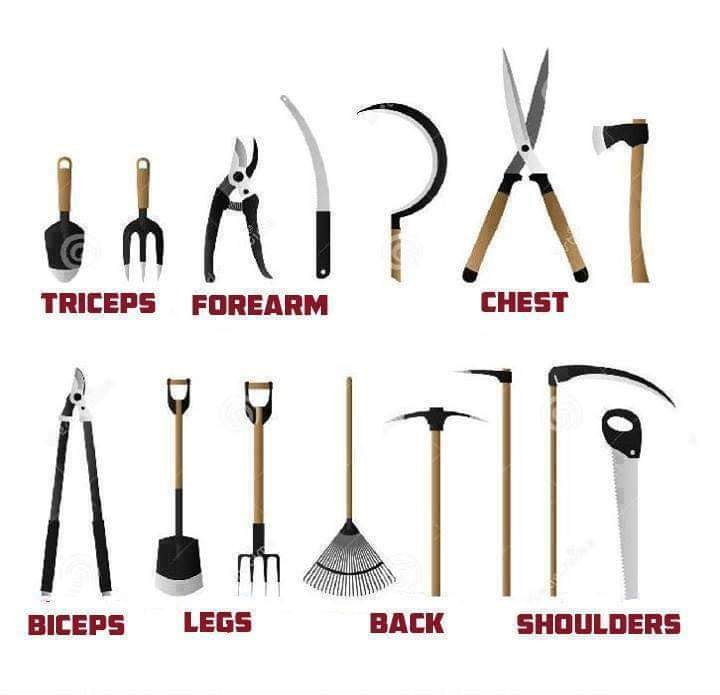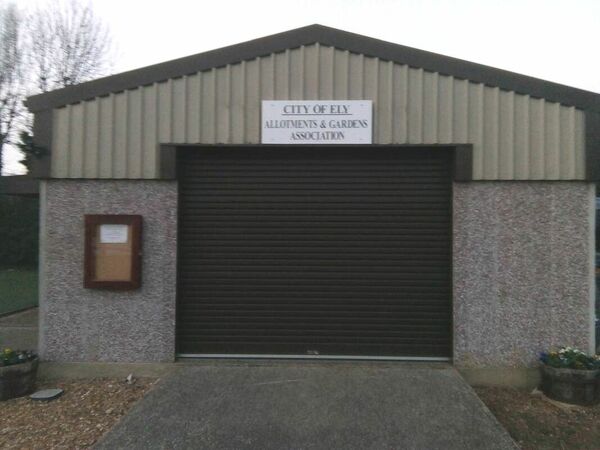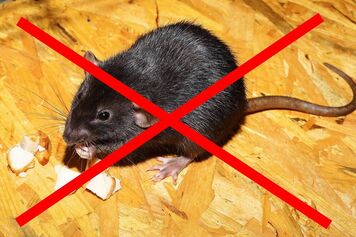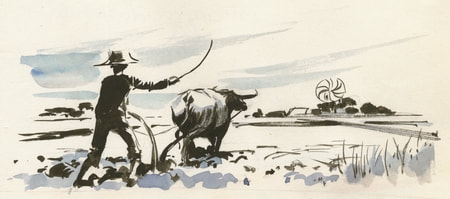General Information and Links
|
This page aims to provide items of general interest to potential and existing gardeners and allotmenteers. Please scroll down to view the miscellany of articles and links to other useful websites. Rents - details of current plot rent charges can be found on the Sites page here. |
Association Shop
|
The Association runs a busy trading store which is located off Lynn Road in Ely in the grounds of the Ely Beet Sports & Social Club CB6 1DE.
A wide range of gardening essentials is stocked or available to order. Seeds and seed potatoes can be ordered in the autumn, ready for planting the following spring. Pop in and see what we can supply, normally cheaper than anywhere locally with extra 10% discount for members of the City of Ely Allotments and Gardens Association. Not an allotment holder? No problem, Associate Membership for leisure gardeners is available for £5 per year, just ask at the shop. |
|
Shop opening times February – November: Saturday 10:00-12:00 Monday 18:30-20:00 (except Bank Holidays) December & January: Saturday 10:00-12:00 NOTE: Shop will be open on Monday 4 May as this is not a Bank Holiday in 2020. More volunteers from members to help run the shop are always welcome. |



